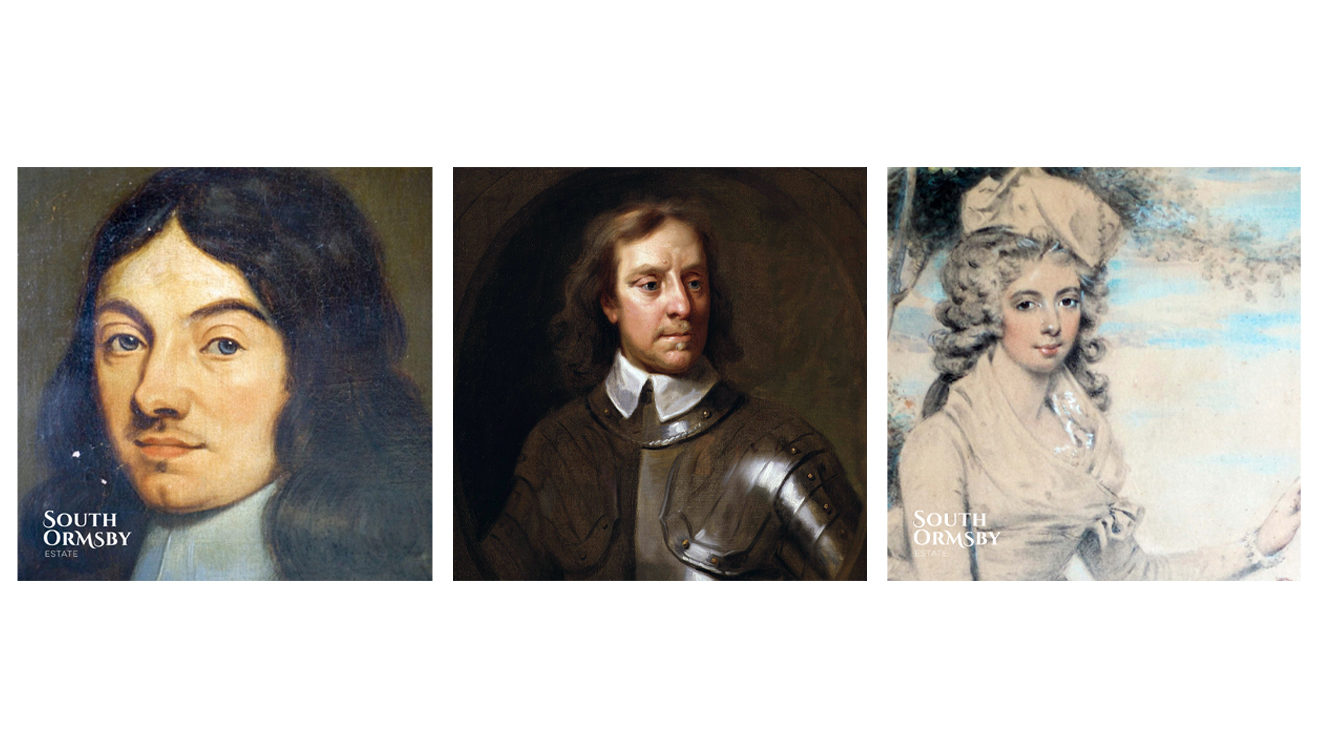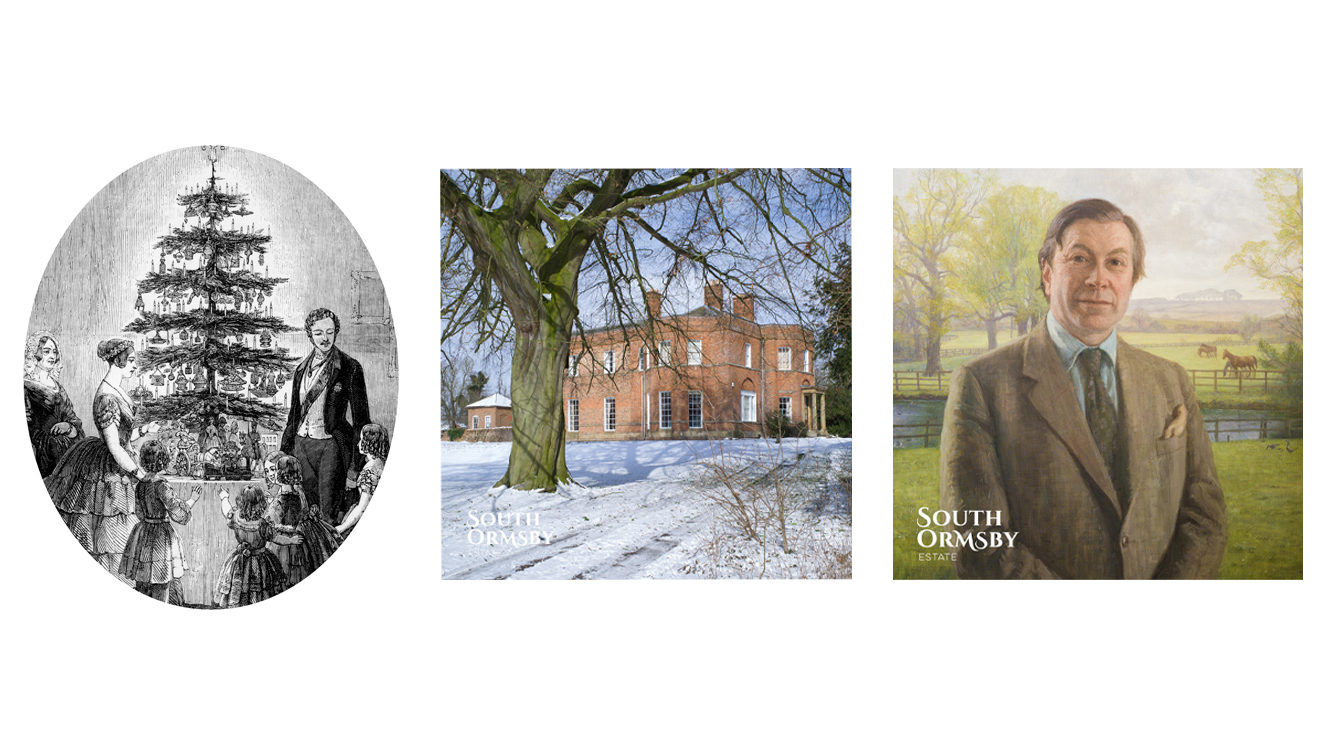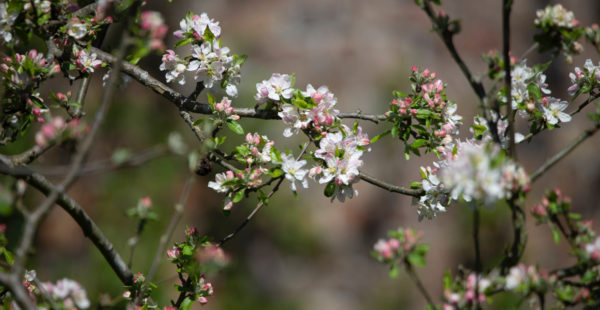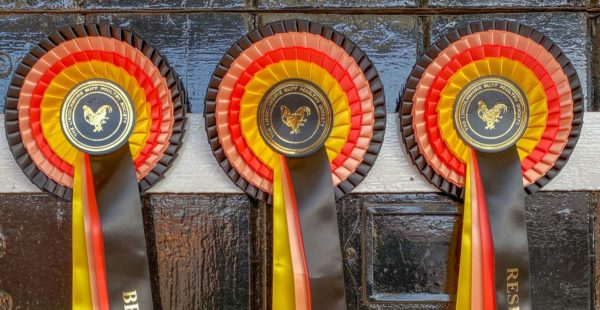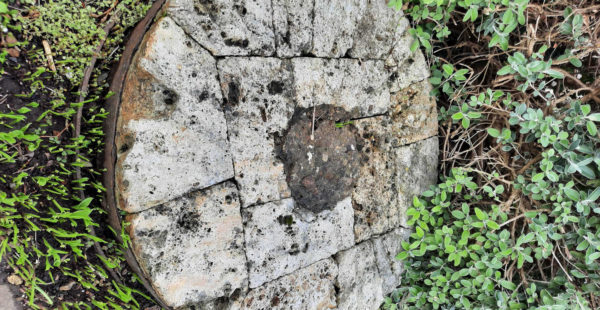Four Centuries of Christmas at South Ormsby Estate
South Ormsby Estate has seen many Christmases since Sir Drayner Massingberd bought this land from the Skipwith family in 1638 and set about converting the existing manor into the first South Ormsby Hall. In our beautiful but northerly part of the world, our lives and work are tied to the changing seasons and the available light – from 17 hours of daylight at the summer solstice to 7.5 hours at the winter solstice. How we’ve celebrated Christmas through the centuries gives us a fascinating glimpse of history’s own seasons.
In the pre-Christian Roman Empire, Saturnalia was a widely celebrated midwinter festival, honouring Saturn for his agricultural bounty with feasting, merry-making and the exchange of gifts. In the fourth century, the early Roman church fixed the date of Christmas at 25th December to align with the winter solstice and the end of Saturnalia in the Roman calendar.
Until the 1640s, Christmas in England had much in common with Saturnalia – feasting, carol-singing and all-round merriment were established traditions. However, the founding of South Ormsby Estate coincided with the Puritan Revolution and the English Civil War. At the peak of their power, the Puritans banned Christmas and enforced the idea that 25th December should be a time for fasting and humility rather than “giving liberty to carnal and sensual delights”. As a popular Royalist ballad had it, “Christmas was killed at Naseby fight….pig, goose and capon no quarter found”.
In 1647, the most popular feast days – Christmas, Easter and Whitsun – were proscribed by Parliament, and the New Model Army was deployed to break up both church services and public festivities. Many defied the Puritans and there were Christmas Day riots. Sir Toby Belch in Shakespeare’s ‘Twelfth Night’ might have spoken for them: “Dost thou think, because thou art virtuous, there shall be no more cakes and ale?”

